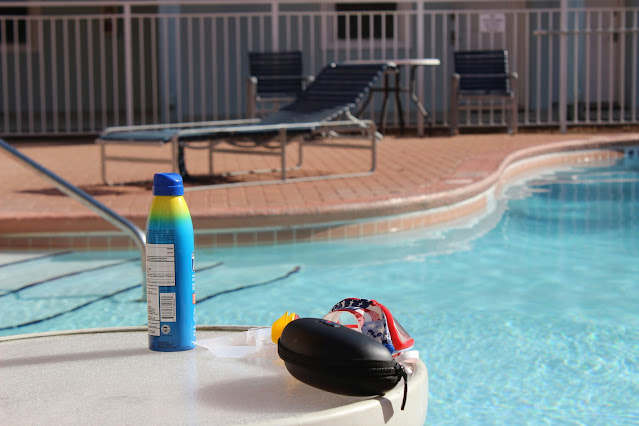Thinking about a fresh start this summer? You’re not alone. Many people use the warmer months as a time to shed more than just layers—like saying goodbye to unwanted ink. If you're considering tattoo removal, now is the perfect time to explore your options.
In this guide, we’ll walk you through the most effective ways to remove a tattoo in 2025, what to expect from the process, and how to take care of your skin afterwards.
Why Summer Might Be the Right Time for Tattoo Removal
While it’s often advised to avoid sun exposure during tattoo removal, summer also brings with it a renewed focus on personal image. Many people feel more motivated to improve their appearance, making this the ideal time to begin treatments. Just be mindful: proper aftercare and sun protection are essential.
Tattoo Removal Options in 2025
Technological advancements have made tattoo removal safer, faster, and more effective. Here are the leading options available this year:
1. Laser Tattoo Removal
Still the gold standard in 2025, laser tattoo removal has improved significantly. New-generation lasers like the PicoSure and Q-switched Nd:YAG are highly effective for most ink colours and skin types. They work by breaking down ink particles, which your body then flushes away naturally.
Pros:
Minimal downtime
Suitable for all ink colours
Fewer sessions required with newer technology
Cons:
Can be uncomfortable
Sun exposure must be limited
2. Surgical Excision
For small tattoos, surgical excision is still a viable option. The tattoo is literally cut out and the skin is stitched back together. It's quick and ensures complete removal, but may leave a scar.
3. Dermabrasion
Though less popular, dermabrasion is still used occasionally. The top layers of skin are "sanded" away, which removes ink in the process. It’s more painful and has a longer recovery time than lasers.
How to Prepare for Tattoo Removal
Before beginning any tattoo removal process, it’s important to:
Consult a licensed professional: Never attempt DIY methods.
Avoid sun exposure: Tanned or sunburned skin increases risk.
Stay hydrated and healthy: A strong immune system aids recovery.
Aftercare Tips During the Summer
Since sun exposure can interfere with healing, follow these summer-specific aftercare tips:
Keep the area covered with loose clothing or bandages
Apply high SPF sunscreen once healing begins
Avoid swimming in pools or the sea until fully healed
Stay hydrated to help your skin repair itself
How Long Does Tattoo Removal Take?
Patience is key. On average, complete tattoo removal takes between 6–10 sessions, spaced 6–8 weeks apart. The number of sessions depends on ink colour, depth, tattoo age, and your skin type.
Final Thoughts: Is Summer the Right Season?
Yes—if you’re cautious and committed. Summer offers the motivation and time for self-improvement, but it also requires extra care when undergoing tattoo removal. With the right approach, you’ll be on your way to clear skin by next year.

